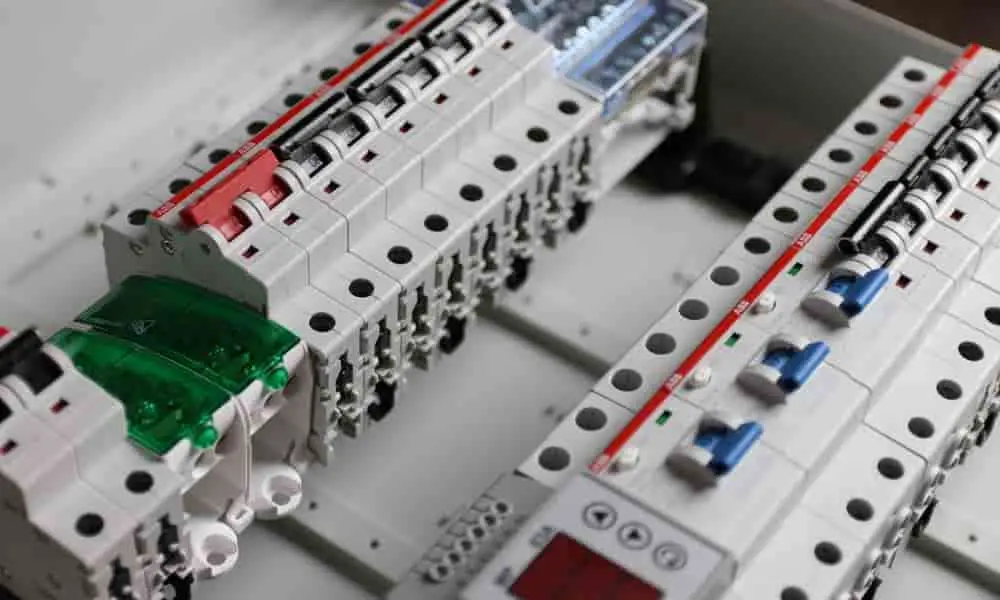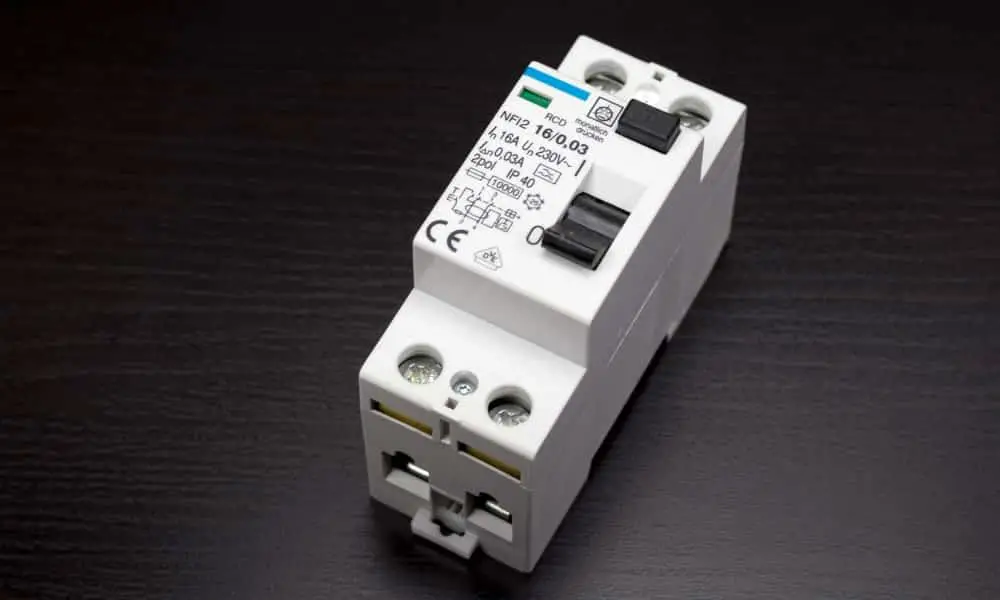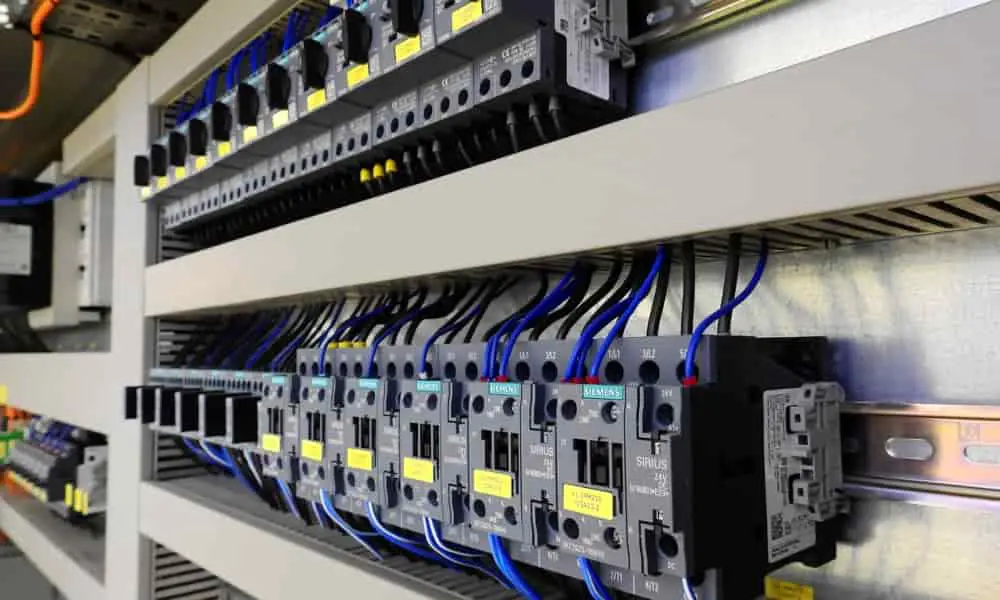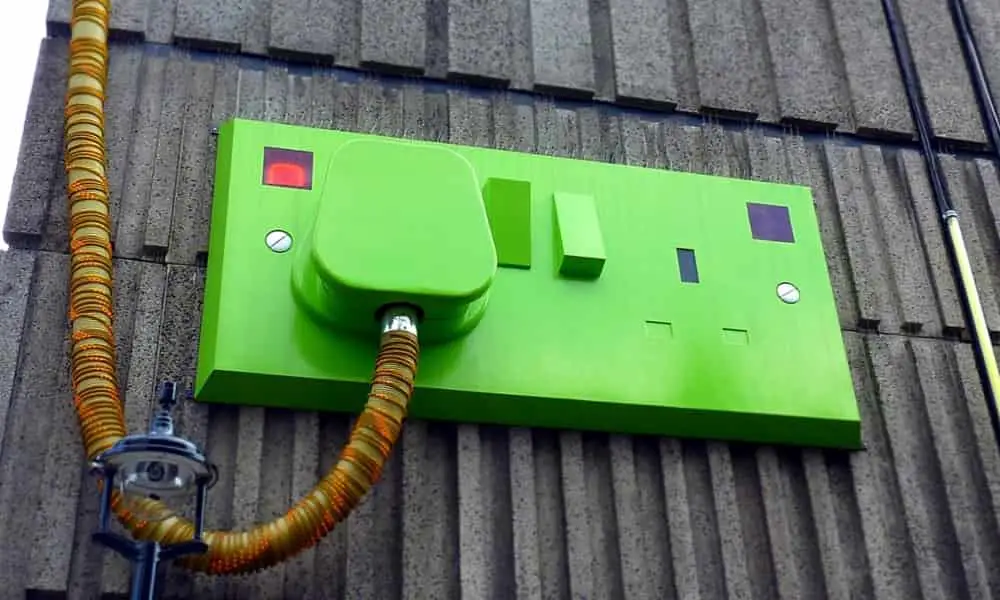If you are not an electrician or an experienced DIYer, it may be hard troubleshooting the problem with multiple outlets not working. An experienced homeowner may, however, troubleshoot some or all of them and fix the problems. If you find the outlets posing a gigantic challenge when they won’t work, read the article for possible reasons and what to do.
Several Outlets Not Working
It is possible to have several outlets not working for various reasons like when a GFCI outlet won’t reset or a larger one when you have a circuit breaker on but no power to outlet. Whichever the case, you will need to establish the actual cause, fix the problem yourself, or call a qualified technician.
Outlet Stopped Working
Before you can rush to check your circuit breakers, you may need to check whether it is just that an outlet stopped working, and this may be due to various reasons. You should, therefore, take a minute to check with all other appliances and lights for all affected outlets for. For the lights, you can flip them on and off to test the nearby outlets for power.

If there is no sign of where the problem might be, consider unplugging the lamps and other plugins if each outlet stopped working. You should also check that the appliances and electricals on the outlets are not overloading or short-circuiting the line. Get a masking tape and mark the multiple outlets not working so that you can remember them.
Tripped Circuit Breaker
Next, check to confirm if you have a dead outlet breaker not tripped. When a circuit breaker is overloaded, it trips or shuts off to prevent any additional electrical flow that may cause fire or other damages. It may be a hassle checking the panel but troubleshooting the breaker may help to avoid potential damages and accidents.

If you have unplugged all devices and appliances, in the dead outlets, locate and check for any tripped or blown fuses. To identify a tripped circuit breaker, it should have flipped to the ‘OFF’ position. It may also be slightly moved out of position or is still intact and so checking its position and resetting it to the ‘ON’ may help.
Reasons for A Tripped Circuit Breaker
A circuit breaker may trip because of;
Circuit Overloads: - this happens when a particular circuit is forced to carry more electrical current than its intended capacity. If a 15-Amp table saw, for example, is plugged into an outlet that serves a 10-Amp appliance, it may lead to overheating and blowing out.

Ground Fault: - a ground fault short circuit happens when a hot wire comes into contact with a metal box, metallic wall, wood framing members, or a ground wire.
Arc Fault: - the National Electrical Code has continuously placed demands for the use of a special circuit breaker called the Arc-Fault Circuit Interrupter (AFCI). The interrupter is designed to sense power fluctuations if sparking (arcing) occurs between contact points before a short circuit or ground fault happens. If there is an arc fault, it may also lead to a more severe circuit breaker tripping.
Short Circuits: - a short circuit is the most common cause of circuit breaker tripping. A short circuit may occur when a hot wire touches the neutral one or if there is a wiring problem in a device or appliance that is drawing power from it. If the circuit breaker trips again immediately you reset it, you have a direct indication of a short circuit.
GFCI Outlet Not Working
Also, if you identify a GFCI outlet not working, it may be the reason why multiple outlets are out. Specifically, if your GFCI outlet won’t reset, it may be because it is damaged or you have a tripped one. The GFCI (Ground Fault Circuit Interrupter) is identifiable as an outlet with reset and test buttons.
A GFCI outlet is required in an area where there is a greater risk of electrical shock or hazard, for example, the bathroom and kitchen. The outlet is a sensor that senses any electrical current leaks. If a leak is identified, the outlet trips immediately to shut the current flow.
One of the ways to identify a GFCI’s problems is to check the outlet reset button. If the GFCI outlet reset button won't stay in when pushed, you may want to call a technician to fix it. If you know how to test electrical outlet wiring, you can also do it and fix the anomaly.
Loose Electrical Connections
This is another possible cause of electrical outlet malfunction. If you have checked all the circuit breakers and the GFCI outlets without restoring power, utilize your skills on how to test electrical outlet wiring. You can start by removing the outlet from the wall to check for loose connections.

Ensure you have a flashlight since you will need to switch off all the electricity supply to the house. Also, get the necessary tool set on the ready before the rooms become dark.
Start by turning off the main breaker and drop all the switches to the ‘OFF’ position. Remove any removable outlets and then start by inspecting the screw terminals for any loose or broken wires. Also, maneuver through the box carefully checking for loose connections and check if they still have current.
If there are loose connections, a slight movement of the wires may turn the screws, or the screws will turn by themselves. With your screwdriver, fasten them back and ensure the wires are intact this time around. Before closing the lid, ensure to inspect it again for corroded, broken, or burned wires.
Loose connections may create excess heat that may lead to additional problems. It is, therefore, advisable that you find them and replace with new ones, whenever you can.
A DIYer can replace the outlets. However, if you do not feel competent enough, you can contact your technician. Also, if you notice unfamiliar wiring, you may want to keep them intact until the technician arrives.

Stab Wires for Connections
Some outlets feature stab wires for connection. They may not be recommended since they tend to loosen up over time, but they are still up to code. If you identify them, you should not attempt to reinsert the wires if your technician is a call away.
If you cannot wait for your technician, you can find your way around the outlet. You can reinsert the wires by cutting the ends, strip, and connect them to the screw terminals on the side of the outlet. You may also cut and strip all of the wires and connect them to a new outlet as you wait for your technician during when you should avoid overloading it.
Summary
Among the common ones are as illustrated above, even though there may be others unknown to someone who is not an experienced technician. Regardless of the case, it is not easy to live in a house with no electricity especially if you have machines and appliances that depend on it. Therefore, multiple outlets not working may call for instant fixing to avoid escalating the problems.



What is a stab wire please
Stab is simple inserting the wire into the back of the socket outlet, rather than connecting it on to the side screws.
It’s a straight wire that you insert in a hole while depressing a lever as opposed to wrapping a wire around a screw and tightening the screw to hold it down, The straight wires are a lot easier to insert.
I have had 1 light switch and 2 receptacles not work for 2 months. All of a sudden they all started working tonight.
Did you ever figure out why they were not working and then began working after you did nothing? I had two receptacles not working for 6 months then began to just work again just fine.
I have four outlets on a series circuit. All four have power going to the outlet but none of the outlets work. I’ve checked the outlet connections, I even replaced what I believed to be the first outlet in the series circuit. Still not working.